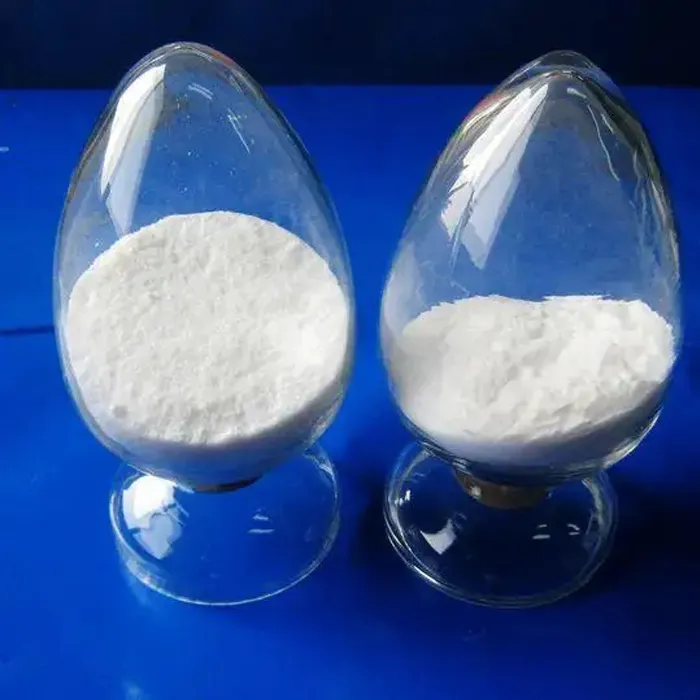Ammonium Thiocyanate Toxicity Understanding the Risks and Safety Measures
Ammonium thiocyanate (NH4SCN) is a white crystalline compound widely used in various industrial applications, including fertilizers, pharmaceuticals, and as a reagent in analytical chemistry. While it possesses certain beneficial properties, it is essential to understand its toxicity risks to ensure safe handling and application. This article explores the potential hazards associated with ammonium thiocyanate, the symptoms of exposure, and recommended safety measures.
Chemical Properties and Uses
Ammonium thiocyanate is the ammonium salt of thiocyanic acid. It is highly soluble in water and, when dissolved, dissociates into ammonium and thiocyanate ions. This property makes it useful in creating ionic solutions, which can be advantageous in multiple applications. In agriculture, it is utilized as a nitrogen source in fertilizers, whereas in laboratories, it serves as a reagent in methods such as silver thiocyanate precipitation for the detection of halides.
Despite its usefulness, ammonium thiocyanate can pose serious health risks, particularly if not handled properly.
Toxicological Effects
The primary concern regarding ammonium thiocyanate toxicity arises from its potential to release toxic compounds upon degradation or when interacting with other chemicals. The most significant hazard is its ability to release hydrogen cyanide (HCN) in specific conditions, such as in the presence of strong acids or under high temperatures. HCN is a highly toxic compound that can interfere with cellular respiration, leading to severe health consequences.
Symptoms of exposure depend on the route of entry. Inhalation of ammonium thiocyanate dust or aerosols can lead to respiratory tract irritation, resulting in coughing, shortness of breath, and a sore throat. Skin contact may cause irritation, redness, and dermatitis, while eye contact can lead to serious irritation and potential damage to vision. Ingestion of ammonium thiocyanate can cause gastrointestinal irritation, with symptoms like nausea, vomiting, and abdominal pain.
ammonium thiocyanate toxicity

Chronic Exposure Risks
Chronic exposure to ammonium thiocyanate, especially in occupational settings, has been linked to potential thyroid-related health concerns. Thiocyanate ions can interfere with iodine uptake in the thyroid gland, leading to conditions such as goiter and other thyroid dysfunctions. Research has indicated a correlation between prolonged exposure and decreased thyroid hormone levels, emphasizing the need for monitoring and regulation of occupational exposure limits.
Safety Measures
To mitigate the risks associated with ammonium thiocyanate toxicity, it is crucial to implement stringent safety measures. Personal protective equipment (PPE) such as gloves, goggles, and respiratory protection should be worn whenever handling this chemical. Additionally, safety data sheets (SDS) must be readily accessible, providing detailed information on the hazards, first aid measures, and handling precautions specific to ammonium thiocyanate.
Engineering controls, such as proper ventilation systems in laboratories and work environments, are essential to minimize inhalation risks. Regular training sessions for employees on the safe use of chemicals, including potential risks and emergency procedures, can further help reduce exposure incidents.
In case of accidental exposure, immediate action is critical. For skin or eye contact, the affected area should be flushed with copious amounts of water for at least 15 minutes, and medical assistance should be sought promptly. Inhalation exposure requires moving the affected individual to fresh air and monitoring for any respiratory difficulties.
Conclusion
Understanding the toxicity of ammonium thiocyanate is vital for anyone working with or around this chemical. While it serves several beneficial purposes in industry and research, the associated health risks cannot be overlooked. By adhering to recommended safety protocols and being aware of the symptoms of exposure, individuals can significantly reduce the likelihood of adverse health effects. Education and awareness are key components in ensuring safe handling practices for ammonium thiocyanate and its derivatives.

